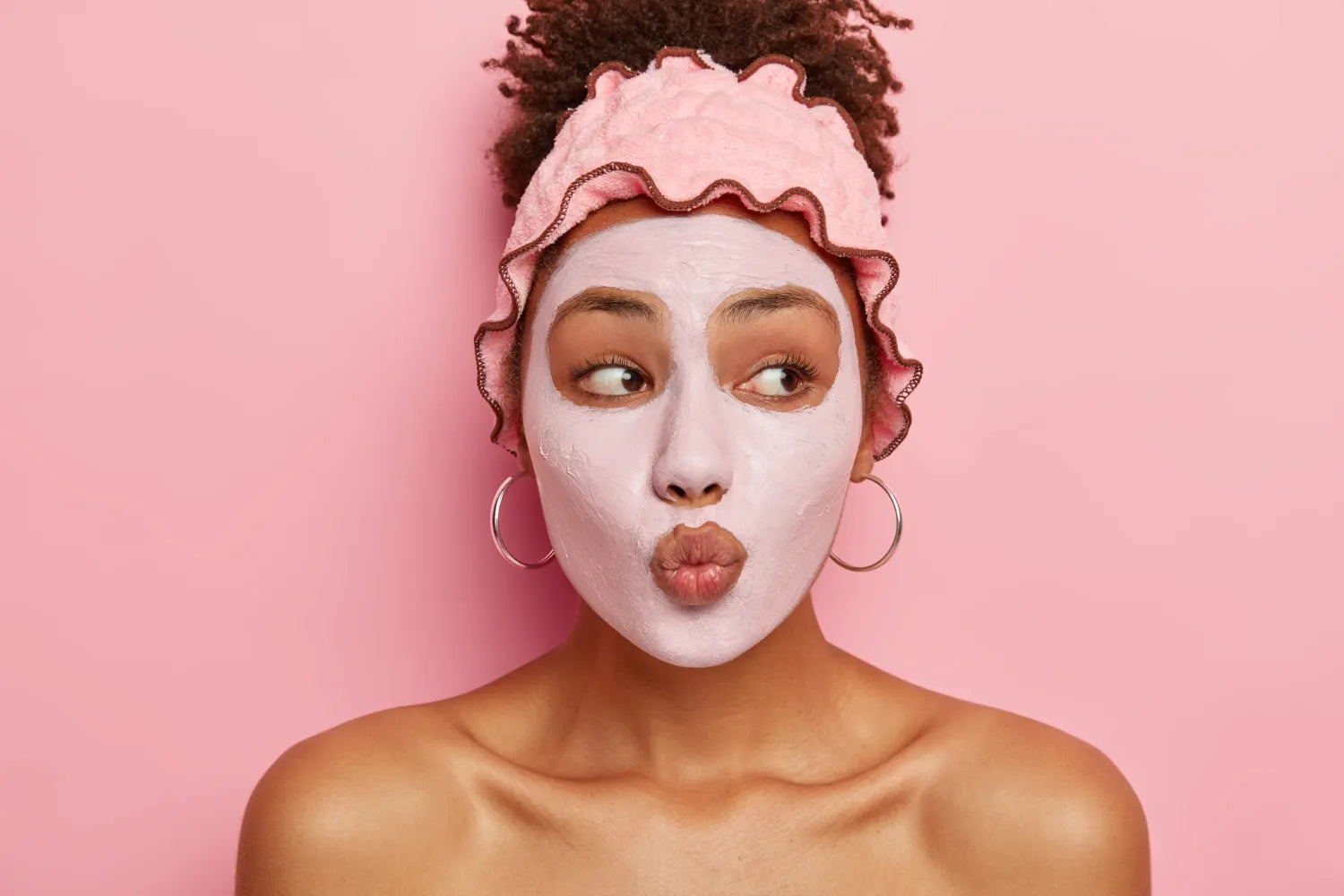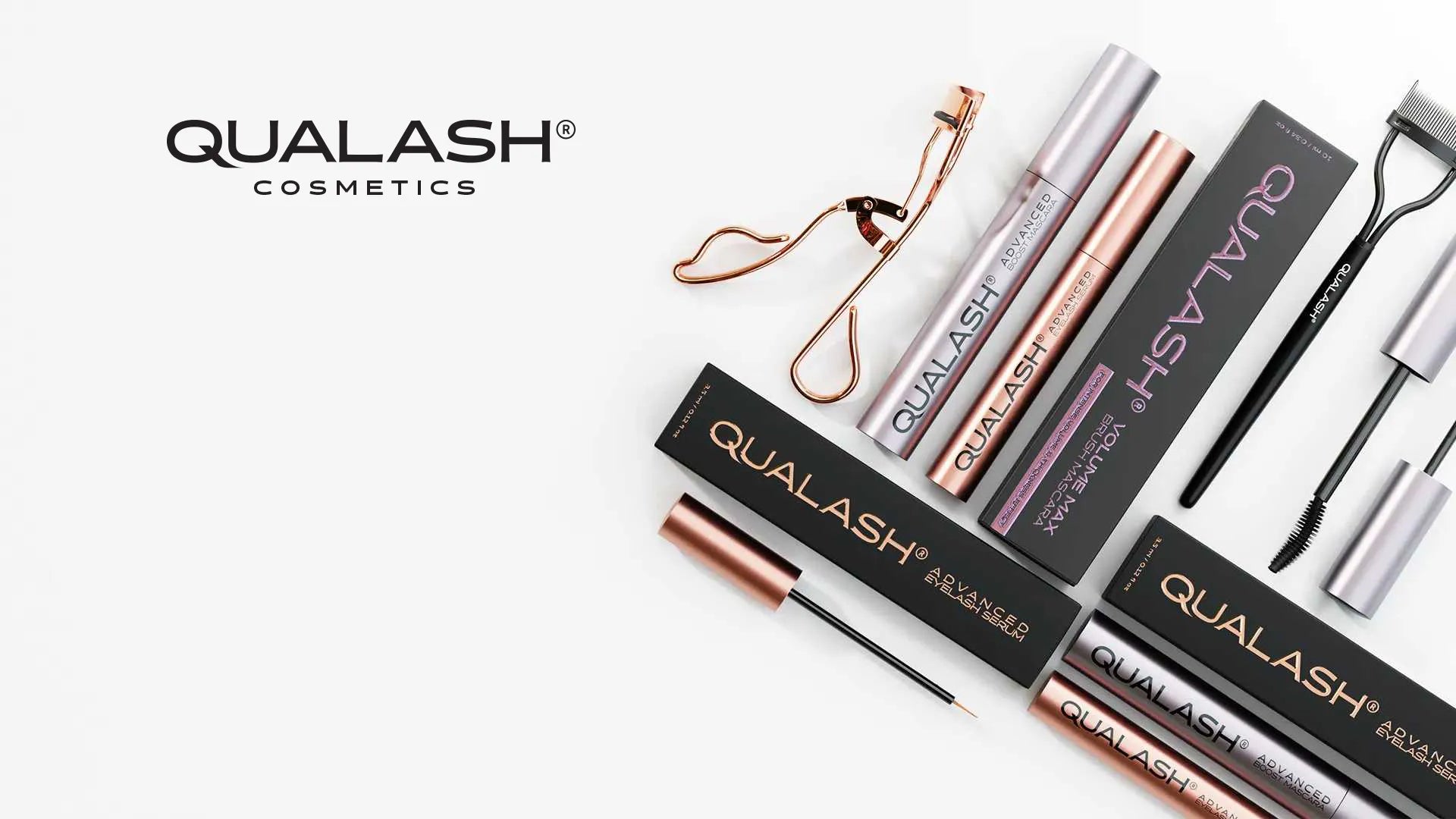Lip masks have become a go-to solution for achieving soft, smooth, and hydrated lips. In this expert guide, we’ll explore how these treatments work, what ingredients to look for, and which types of masks are most effective. Whether you're facing dryness, cracking, or simply want a plumper look, this article will help you understand how to care for your lips the right way.
Why do your lips need special care?
Unlike other parts of your skin, lips lack oil glands. This means they can’t naturally produce the oils needed to stay moisturized. Environmental stressors like cold weather, wind, and sun exposure make them even more vulnerable to dryness and cracking.
That’s where lip masks come in. These products are specifically formulated to restore moisture, repair the skin barrier, and create a protective shield against further damage.

How do moisturizing lip masks work?
Deep hydration and barrier repair.
Lip masks are typically infused with emollients, humectants, and occlusives:
-
Emollients (like shea butter or squalane) soften and smooth the skin.
-
Humectants (like hyaluronic acid or glycerin) attract water into the skin.
-
Occlusives (like lanolin or beeswax) form a barrier to prevent moisture loss.
Together, these ingredients create a multi-layered approach to hydration.
What sets lip masks apart is their ability to work overnight or in concentrated bursts, providing deeper nourishment than a regular lip balm.
Types of lip masks.
1. Overnight sleeping masks.
Designed to work while you rest, these are often thick, balm-like masks that create a sealing effect on the lips.
Best for:
-
Chronic dryness.
-
Flaky or peeling lips.
-
Post-sun or wind damage.
2. Sheet-style or gel masks.
These single-use masks adhere to your lips like a sticker or patch. They often contain cooling and plumping ingredients.
Best for:
-
Quick refresh before an event.
-
A soothing, spa-like experience.
-
Reducing visible lip lines.
3. DIY lip masks.
Homemade treatments using natural ingredients like honey, coconut oil, or aloe vera can also be effective.
Best for:
-
Budget-friendly care.
-
Sensitive skin types.
-
Customization based on needs.
Key ingredients to look for in lip masks:
Hyaluronic acid.
This powerful humectant holds up to 1000x its weight in water and draws moisture deep into the lips.
Shea butter and cocoa butter.
Rich in fatty acids, these natural emollients are excellent for softening and repairing dry, chapped lips.
Vitamin E.
A known antioxidant, it helps protect and heal the skin while improving texture and tone.
Peptides.
These support collagen production and help reduce the appearance of fine lines around the lips.
Honey.
Natural, antibacterial, and soothing—ideal for healing and calming irritated lips.
How to apply a lip mask correctly?
-
Exfoliate first – Use a gentle lip scrub to remove dead skin. This helps the mask absorb better.
-
Apply a generous layer – Whether using a cream, balm, or patch, don’t skimp on product.
-
Leave it on – Follow instructions. Overnight masks should stay on while you sleep; gel patches often require 10–20 minutes.
-
Follow up – After removing, gently dab away excess and apply a hydrating balm to lock in moisture.
Common mistakes to avoid:
-
Using a lip mask on cracked or bleeding lips without patch testing.
-
Skipping SPF – always apply sunscreen to lips during the day.
-
Overusing scrubs – exfoliation should be done only 1–2 times a week.
-
Ignoring ingredients – avoid fragrances, menthol, and alcohol if you have sensitive lips.

Enhance Your Routine with Lash & Brow Care
Beautiful skin deserves beautiful lashes. Pair your daily facial care with QUALASH® Eyelash Serum — enriched with peptides, biotin, and botanical extracts to promote longer, fuller lashes in just 25 days.
Shop NowSummary - what makes a lip mask effective?
An effective lip masks should do more than just moisturize. Look for a combination of hydration, nourishment, and protection. Ingredients like hyaluronic acid, shea butter, and vitamin E are key. Choose a format that fits your lifestyle—overnight for deeper care or sheet-style for a quick fix.
Consistency is key. Just like the rest of your skincare routine, lip care should be regular to maintain long-term softness and elasticity.
FAQ:
Q: How often should I use a lip mask?
A: 2–3 times per week is ideal, but overnight masks can be used daily if your lips are very dry.
Q: Can I use a face mask on my lips?
A: No. Lip skin is much more sensitive. Use products specifically formulated for lips.
Q: Are lip masks suitable for sensitive skin?
A: Yes, especially if you choose fragrance-free formulas with soothing ingredients like aloe vera or chamomile.
Q: Can I wear lipstick after a lip mask?
A: Absolutely! In fact, applying a lip mask before makeup helps create a smooth, hydrated base for color.






